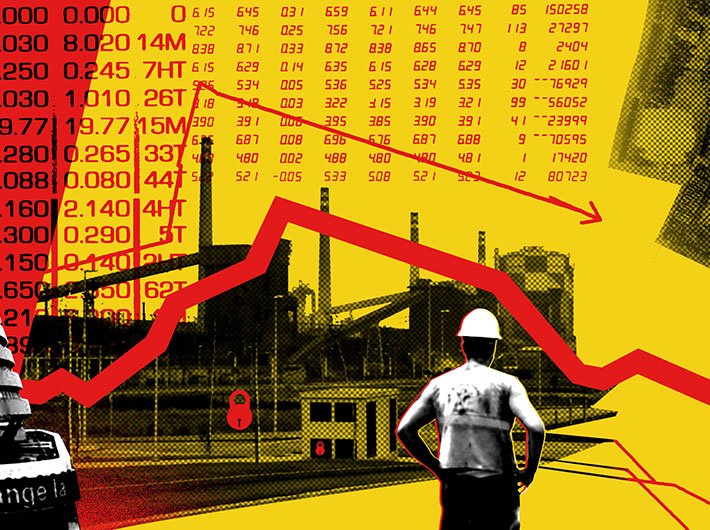The financial regulators have created a business oligopoly. It loves housing complexes and malls, but has no interest in real enterprise
The government of India is a closed shop; its bureaucracy is recruited in its youth and rises in the hierarchy in order of seniority. One exception to this rule is the chief economic advisor, who is sometimes a professional economist who has made his name outside. Arun Jaitley has recently recruited Arvind Subramaniam from Peterson Institute in Washington. This is laudable both because Arvind is a good economist and because it goes against the parochial image of the Bharatiya Janata Party. I recently heard a talk by Arvind. We are just over two months away from the budget,so he had to avoid anything that might go into the budget. But his approach was refreshing.
He constructed a misery index by adding together three ratios – fiscal deficit, payments deficit and inflation. Between 2009 and 2012, India had a higher misery index than Brazil, Indonesia, South Africa and Turkey. Then it started falling; in 2014, India’s misery index was lower than Turkey’s and about the same as Indonesia’s. The fall was largely due to a decline in inflation, but also to some extent because the government brought down the fiscal deficit. It was not a great idea to reduce the deficit at a time when growth was falling; IMF noted that India was following a
procyclical policy.
Why did inflation come down? Agricultural markets both at home and abroad were subject to excess supply and hence disinflationary. Growth of agricultural wages rose from 5 percent a year in 2005-06 to over 20 percent in 2011-12, and was back down to 5 percent by September 2014. Oil prices declined, growth was tepid, and the government as well as Reserve Bank maintained a deflationary stance. The average growth rate from 2005-06 to 2010-11 was over 8 percent; since then, it has been around 4½ percent. Gross capital formation was over 20 percent of GDP in 2010-11; it has been close to zero since 2012-13.
One reason for the collapse of investment was that many corporate investment projects were stalled. The phenomenon was similar to that of distressed balance sheets in the US and Japan, with one difference. In those countries, consumers had bought homes with borrowed money that they could not repay, whereas in India, it was corporates that could not repay the money they had borrowed. Their median debt-equity ratio was 70 percent – the highest amongst emerging markets – and a third of them were borrowing to pay interest. This was the consequence of experimenting with public-private partnerships without having the institutions required for them to work.
Looking forward, India could grow at 7-8 percent, but not unless it resolved the issue of distributing pain. It does not have institutions to allocate the pain of failing businesses, its government cannot allocate the pain, and as a result, the PPP model stands discredited. The solution, according to him, is greater investment by government. It does not suffer from the disadvantages of the private sector such as the need to acquire land, get clearances, and secure supplies; and its public debt is not too high.
That is good analysis, although I do not know how a political party known as a friend of private enterprise will like it; I guess Subramaniam could argue that government expenditure is a way of bailing out the private sector.
My view is different: I believe that the private sector’s high debt-equity ratio is due to the failure of the capital market. It raises so little equity that the private sector has no alternative to overindebtedness. And the reason why the capital market has failed is the way it is regulated. The regulations of the Securities and Exchange Board of India are so restrictive and voluminous that only big companies can meet them; and even they have routinely avoided open market issues and placed their issues with the so-called quality investment institutions – mostly government or semi-official institutions managed by the same breed of bureaucrats as SEBI. The reason for the failure of capitalism after the reforms is that the bureaucratic coterie has captured the capital market and killed off real entrepreneurs. There is no real capital market in India; businesses get most of their equity from “promoters” and reinvested profits. That is why their debt-equity ratio is so high.
How is it different from Nehruvian socialism? There are two differences. First, the government itself no longer sets up enterprises, and it does not control enterprises through industrial and import licensing. Instead, it exercises controls through banks and QIIs. And the banks and QIIs do not favour government enterprises; instead, they favour established businessmen. The financial regulators have created a business oligopoly. It loves housing complexes and malls, but has no interest in real enterprise. That is why Indian capitalism is so laid back.

